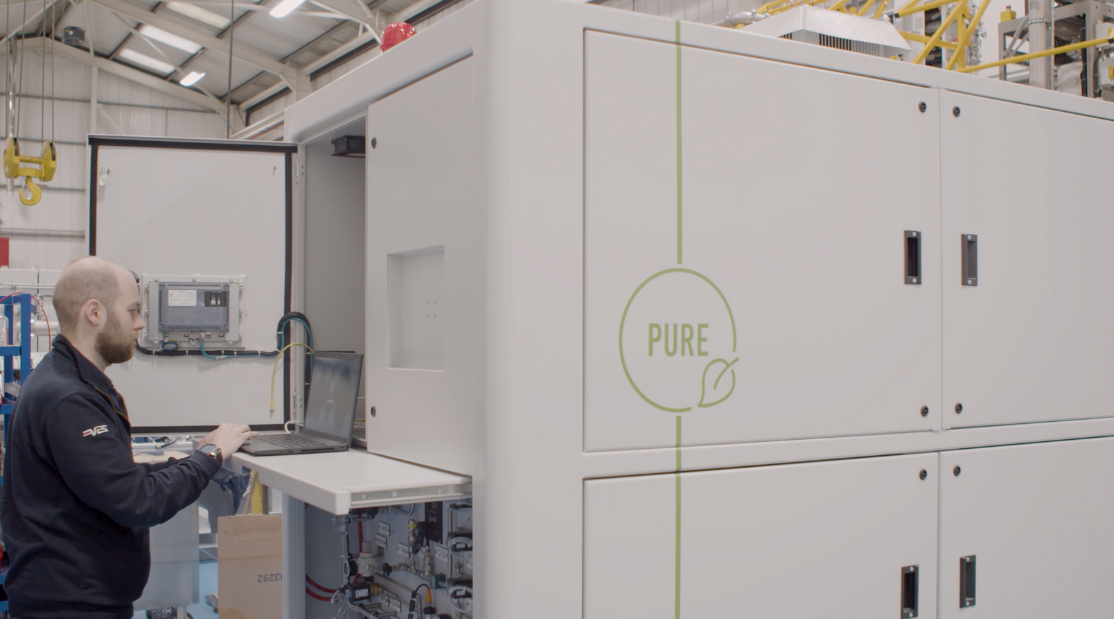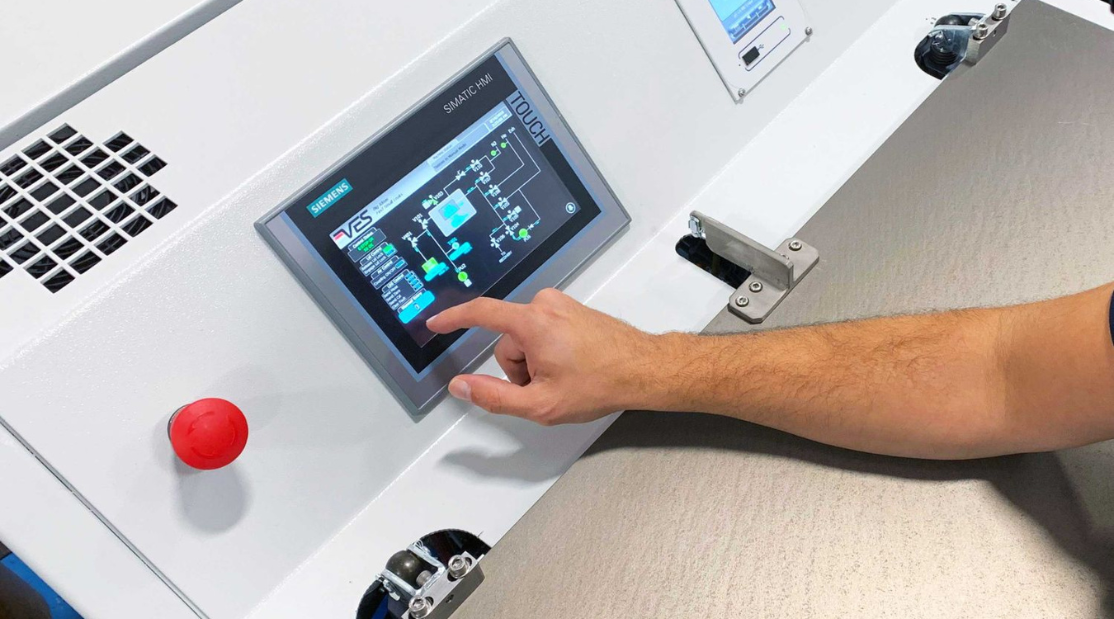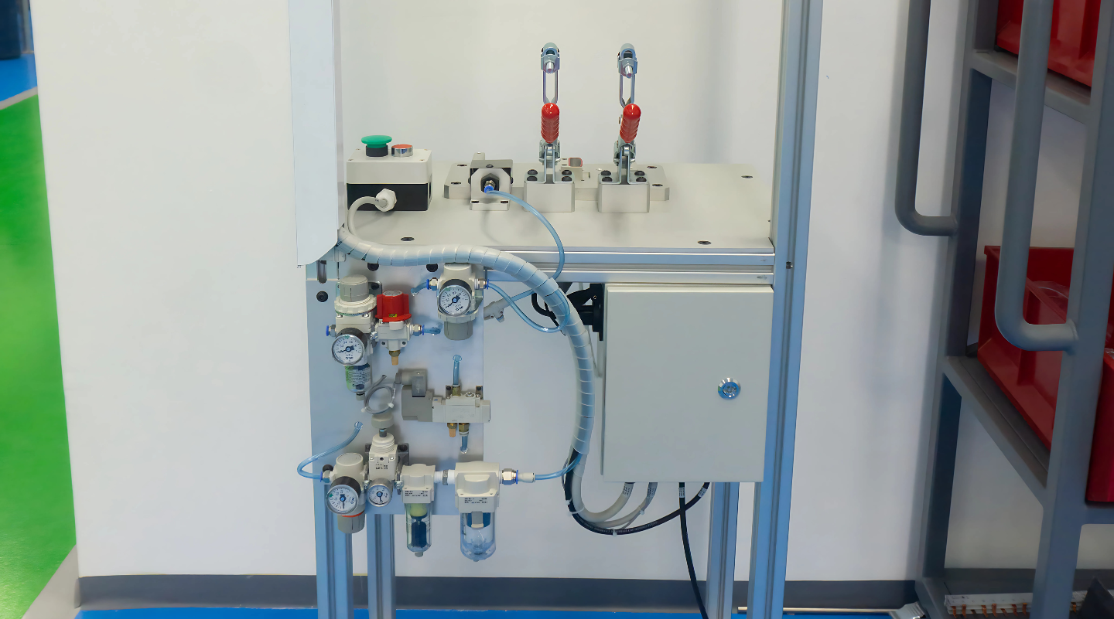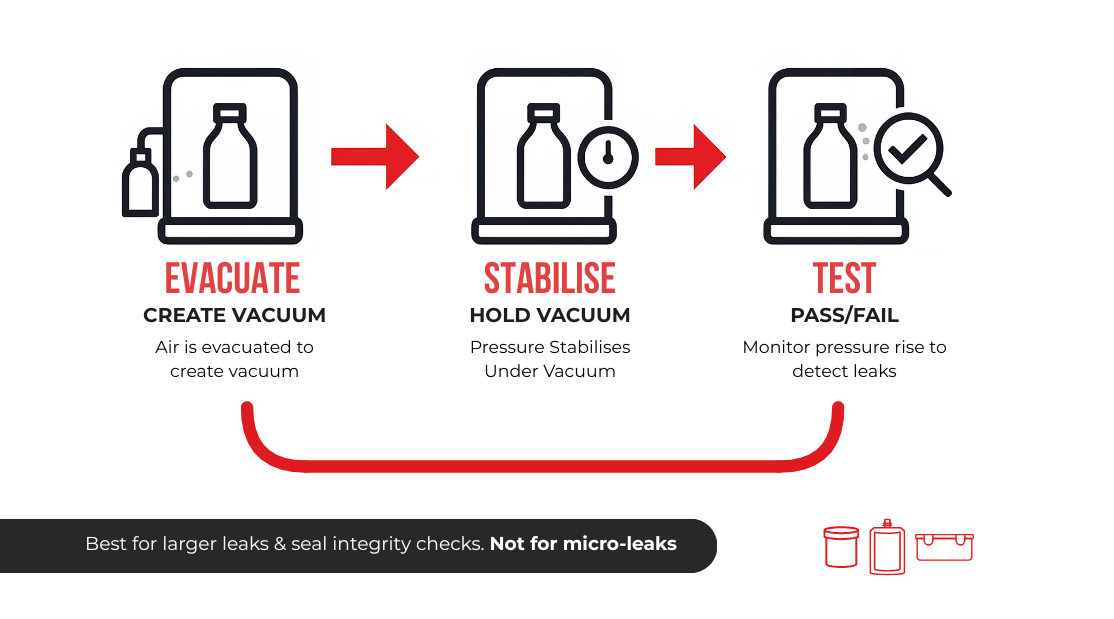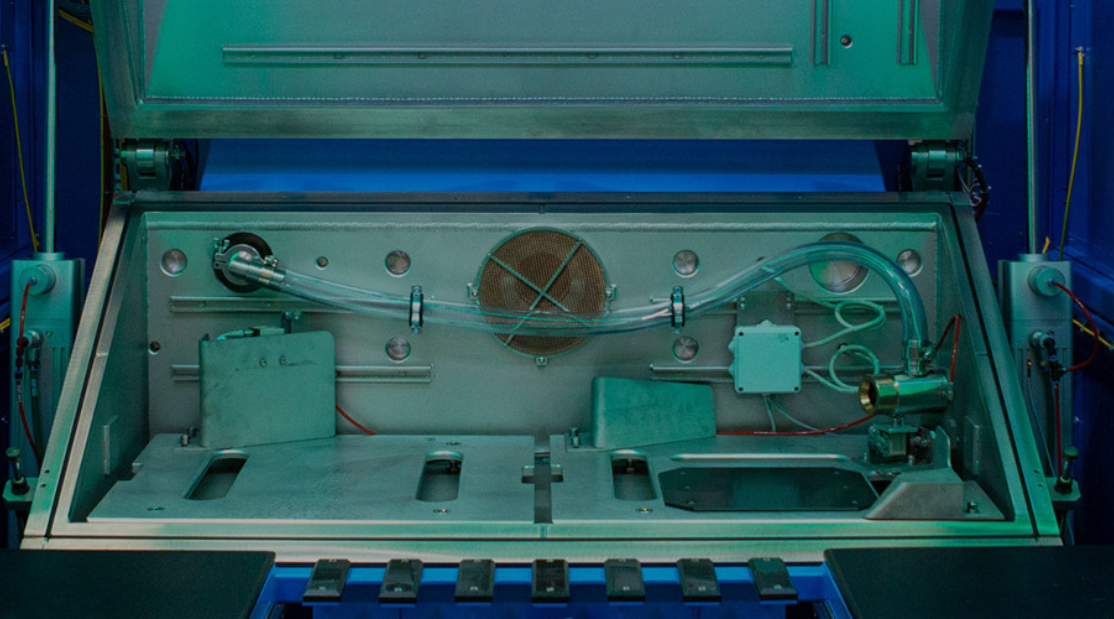At VES, we’ve had the opportunity to work alongside manufacturers across industries, helping them meet safety, compliance, and efficiency goals with reliable leak testing solutions. But even the best systems can benefit from some fine-tuning. If you’re running VES equipment, there are a number of practical, low-effort ways to improve your cycle times without cutting corners or compromising test quality. Here are five ways to get more out of your setup.
1. Start With Consistency in Fixturing
One of the most overlooked contributors to slow cycle times is inconsistent part loading. If every component sits a little differently or requires manual adjustment to seal properly, that’s time lost with every cycle.
Investing in well-designed, repeatable fixturing can pay off quickly. This includes mechanical guides, quick-release clamps, and sensors that confirm part placement. Even small tweaks in fixture design can shave seconds off your test time and reduce variation. If you’re running multiple variants, modular or interchangeable tooling can help keep the setup flexible without sacrificing speed.
2. Don’t Over-Test When You Don’t Have To
It’s natural to want to be cautious, especially when testing something as essential as a hydrogen pressure vessel. But over-engineering the test—using unnecessarily high pressures or extending hold times beyond what’s required—can waste valuable time.
Take a moment to review your current test parameters. In many cases, adjusting these can lead to meaningful improvements in throughput without affecting accuracy or safety.
3. Leverage Smart Automation Where It Counts
Not every process needs to be automated, but a few smart additions can make a big difference. Automation isn’t just about speed—it’s also about consistency and flow.
For example, adding auto-venting or auto-evacuation steps removes manual input delays. Implementing barcode scanning to automatically select the correct test program ensures the right settings every time. Automated pass/fail routing can help move parts along without manual handling. These changes don’t just improve efficiency—they reduce the chance of human error.
4. Cut Downtime by Staying Ahead on Maintenance
A leak test system that’s not properly maintained doesn’t usually stop working immediately—it just slows down. You might see longer evacuation times, weaker vacuum levels, or valves taking slightly longer to respond.
Sticking to a regular maintenance schedule is one of the simplest ways to keep your cycle times consistent. Monitor your pumps, filters, seals, and valve performance based on usage hours, not just the calendar. It’s also worth tracking how long each test step takes—if times start creeping up, that could be a sign that something needs cleaning or replacing.
5. Use Your Data to Spot Trends
Every VES system is designed to collect detailed test data, but too often, that information isn’t fully used. Looking at your cycle times, pass/fail rates, and individual step durations can help identify exactly where time is being lost.
Some customers have discovered inconsistencies between operators, while others have pinpointed specific test steps that regularly run long. These kinds of insights can lead to small changes—like adjusting fixture warm-up procedures or simplifying a setup step—that add up over a shift or a week.
Make it a habit to review your test data regularly. Even a ten-minute check-in each week can reveal trends that would otherwise go unnoticed.
Small Adjustments, Big Impact
Improving your test cycle time isn’t always about big investments or major process overhauls. In many cases, it’s about paying attention to the small things—fixture alignment, automation opportunities, system maintenance, and smart use of data.
At VES, we’re here to help you get the most from your equipment. Whether you’re looking to fine-tune your process or scale up for new production demands, our team is always ready to support you with practical advice, service, and engineering insight.
